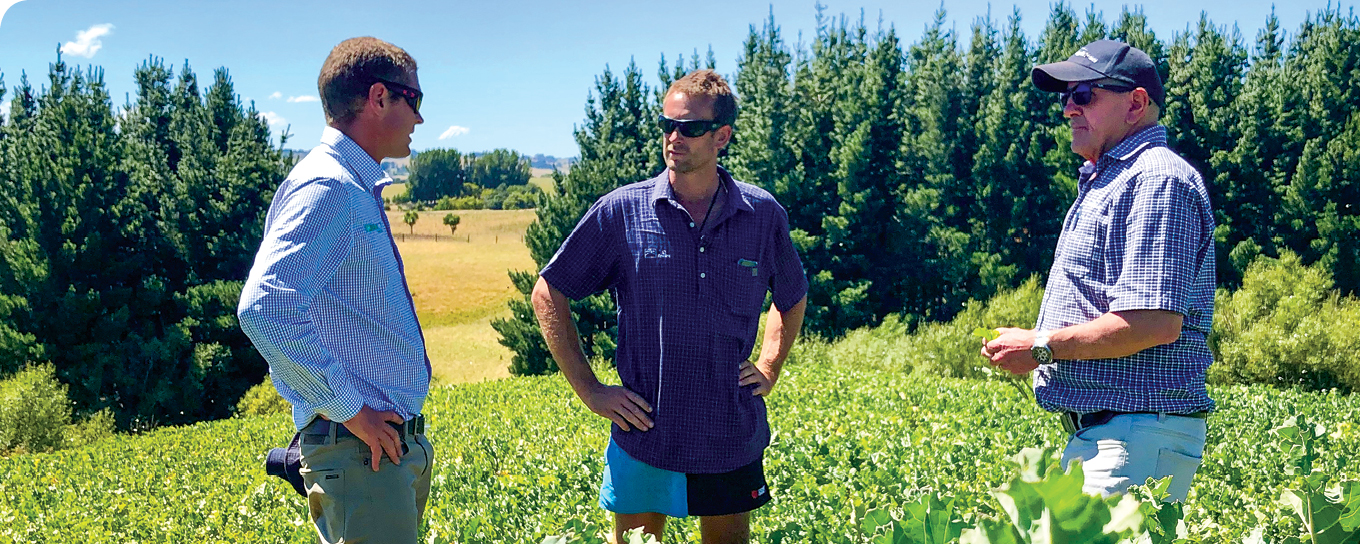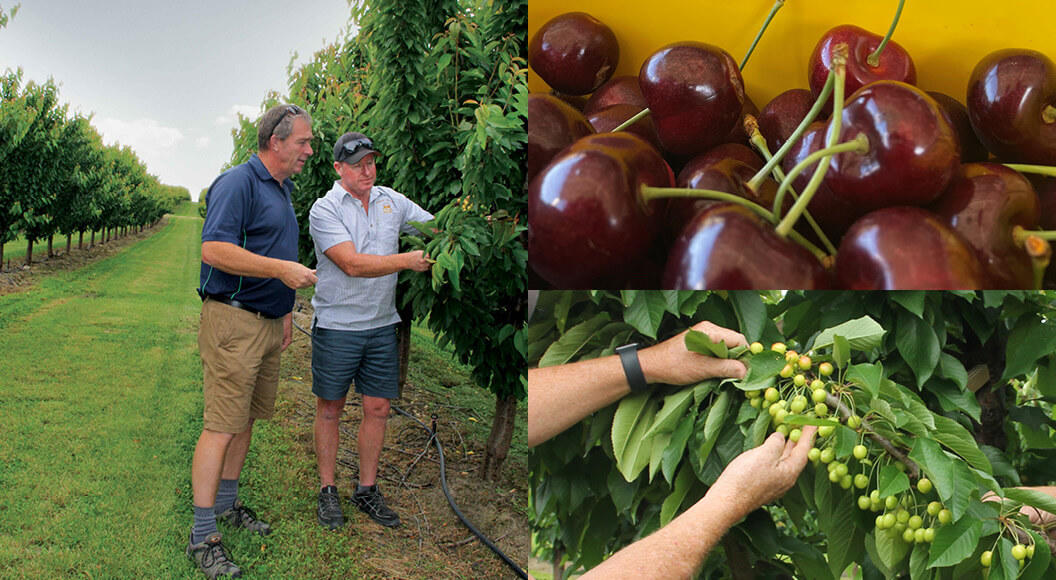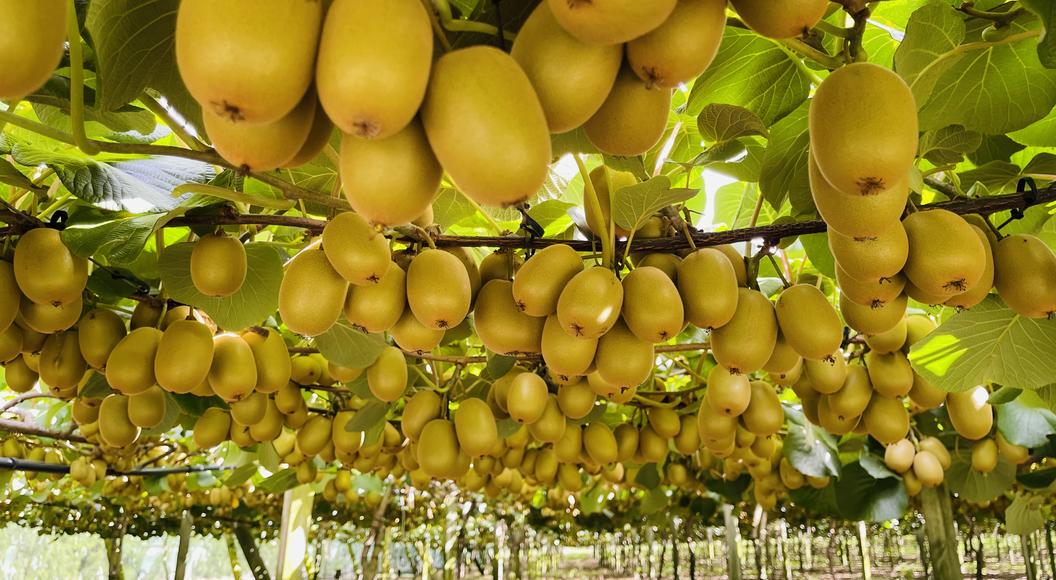
Winter grazing an option with raphno
PGG Wrightson Technical Field Representative, Mark Jones, is a big fan of Pallaton Raphno®, as he has seen first-hand the results it can provide for his customers. Mark says the drought tolerance aspect of Pallaton and its ability to recover quickly suits Dannevirke, where Mark is based, which can be summer dry.
This past spring, conversations with farmers were about finding the right crop to accommodate the lambs that were going to be on the ground following a good lambing in the area, and to give farmers the ability to finish their lambs and take advantage of the scheduled prices. Mark’s customer, Greg Smith, who farms at Hirawai Station, has used Pallaton again this season after being impressed with the ability of the crop to perform in the dry and recover quickly after grazing. “Last year, we had 11 hectares of which we were able to graze 2,500 lambs over five grazings, including in the winter.” Greg managed the crop exceptionally well. At times he thought he had overgrazed it, but was impressed with how well and how quickly it was able to recover.
The start of 2019 has been dry for Hirawai Station, but Greg is pleased with the crop and animal performance on this year’s Pallaton crop so far. The crop is stocked at an average of 90 lambs per ha, and lambs start grazing the crop when it is around knee height. Local PGG Wrightson Seeds Agronomist, Paul Greenbank says, “grazing at ‘knee height’ as Greg has done provides the best opportunity to maximise feed quality and increase utilisation and regrowth potential of Pallaton. This encourages more leaf and petiole, which helps maintain the quality of the crop for the lambs”.
After grazing over summer and autumn, the opportunity to carry Pallaton through to the winter for grazing is something that Greg will utilise again this season. When considering carrying your Pallaton crop through the winter, take the chance to perform a plant count after the last grazing in March. Using a square meter (1 m2) hoop, randomly sample the paddock to get an average plant count per square meter. Plant numbers, along with other factors such as weed burden and fertility, help determine if the crop should be taken through.
- 20 or more plants per m2: Carry through for winter graze
Consider carrying the crop through to winter as a sole sward. Shut the paddock up in late March after the final autumn grazing and apply nitrogen to boost the overall dry matter yield for the cold season
- 10 to 15 plants per m2: Undersow with winter active grasses
Increase the opportunity for extra feed by undersowing winter active ryegrass or oats in the autumn. Ryegrass options include Italian ryegrasses such as Lush AR37, Supercrusie and Feast® II, or Winter Star II annual ryegrass.
- Less than 10 plants per m2: Spray out and re-sow
The crop is not adequate to provide sufficient winter feed. Target a hard/low residual graze with animals to minimise crop residue carryover. Consider total spray out of paddock and autumn sowing pasture.
For more information on Pallaton Raphno and its suitability on your farm system, contact your local PGG Wrightson Technical Field Representative.
Supplied by PGG Wrightson Seeds


